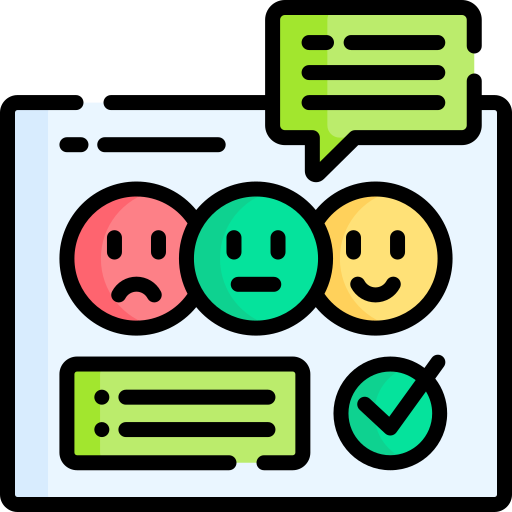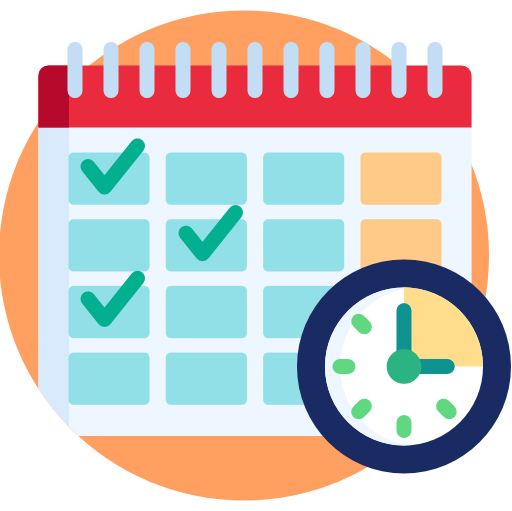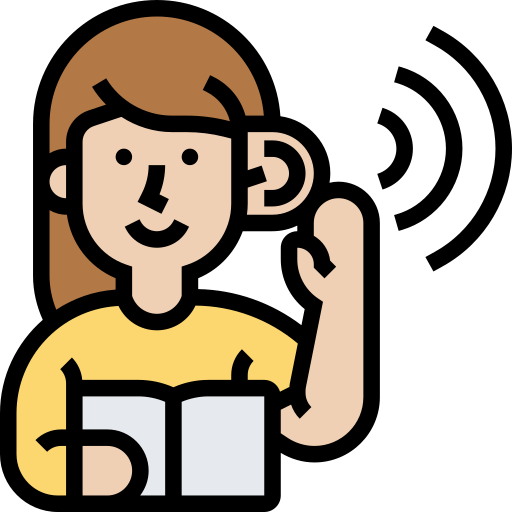
Have you ever had the feeling that, at work, being outgoing is simultaneously your greatest asset and your worst enemy?
I get how you feel exactly! 😅
For a long time, I successfully navigated the workplace as an extrovert with lots of energy and passion, only to discover that the very characteristics that made me special also occasionally held me back.
When I first started my job, I was excited to bring my lively personality to the table. I thrived on social connections, brainstorming sessions, and team initiatives. However, I quickly realized that my extroversion was sometimes perceived as being too loud, overbearing, or even distracting.

Eventually, I found ways to maximize my extroverted personality to my advantage, turning what seemed like weaknesses into strengths that helped me succeed at work.
Now, I use my social skills to make strong connections, lead team projects, and create a fun and inclusive workplace. I’ve learned to balance my energy so it helps, rather than holds back, my professional development. 😊
Identify Your Strengths
Identifying your strengths is an empowering process that allows you to leverage your natural skills in personal and professional settings.

1. Understand What Being an Extrovert Means
You might relate to the explanation of an extrovert in the video below:
Activity: Think of a time when you felt energized by social interaction. What were you doing, and how did it make you feel? Reflect on how these situations align with your extroverted qualities.

2. Reflect on Your Past Experiences
Recall situations where your extroversion helped you succeed, like leading a team project or hosting an event. Remember the time when you were a leader or when your communication skills shone?
Activity: Write down these past experiences to identify common patterns where your strengths played a key role.

3. Seek Feedback from Others
Feedback helps to bridge the gap between self-perception and how others perceive your performance.
Activity: Ask a few friends or colleagues to describe your strengths. Compare their responses to your past experiences to discover common themes.

4. Apply your Strengths in the Workplace
Now that you've identified your extroverted strengths, think about how you can apply them in your current role.
Activity: Highlight specific situations where you can use these strengths to improve teamwork, communication, and leadership within your workplace.
Identify Your Challenges
As extroverts, we thrive in social settings and love interacting with people. When I started my job, my enthusiasm helped me quickly build a network and make friends. However, I soon faced challenges that required me to balance my outgoing nature with workplace demands.
These are some common challenges that many, including myself, have faced:
#1 Overwhelmed by Social interactions
Constantly being around people can sometimes be overwhelming and draining, even for someone like me who loves it. There were times when I felt like I was always "on," which led to burnout.

#2 Difficulty Focusing on Solo Tasks
I found it challenging to focus on tasks that required me to work alone for long periods. When my mind would wander, I would find myself searching for company or diversions.

#3 Listening Skills
Being a talkative and idea-sharing person, I occasionally found it difficult to listen as attentively as I should. This was particularly crucial for team discussions and meetings.
#4 Overconfidence
Being naturally confident is a strength, but it sometimes led me to overlook important details or underestimate challenges.

Tips for Success
Having personally encountered these difficulties, I realized I had to adjust to restore balance and keep up my productivity. Although it wasn't simple, I figured out a few techniques that improved my ability to refuel and concentrate.
Here are some strategies I used to address these challenges, which can help you too:

#1 Plan Downtime
I learned to schedule regular breaks throughout my day to recharge. This could be as easy as going for a stroll or finding a peaceful area to unwind for a short while.

#2 Set Boundaries
I started setting boundaries for my social time, ensuring that I didn’t overcommit to too many events or meetings. This kept me from running out of energy.

#3 Divide Work into Bits
I began breaking down larger tasks into smaller, manageable pieces. This helped me concentrate better and provided me with a sense of satisfaction as I finished each task.

#4 Practice Active Listening
I made a conscious effort to focus on what others were saying before jumping in with my thoughts.

#5 Ask Questions
I began to ask more questions, which not only demonstrated my interest but also improved my understanding of other viewpoints.

#6 Seek Feedback and Introspect
I learned to seek feedback from colleagues and mentors which allowed me to see areas where I could improve. I used my past reflections to grow and improve from my mistakes.
Quiz
John just started a new project at work, and he's part of a team tasked with brainstorming ideas. He's naturally outgoing and enthusiastic. During a team meeting, he started dominating the conversation. What should he do to balance the discussion?
Take Action

Ready to shine? 🌟
Start taking action today and make the most of your extroverted strengths! Here’s what you can do next:
Your feedback matters to us.
This Byte helped me better understand the topic.

